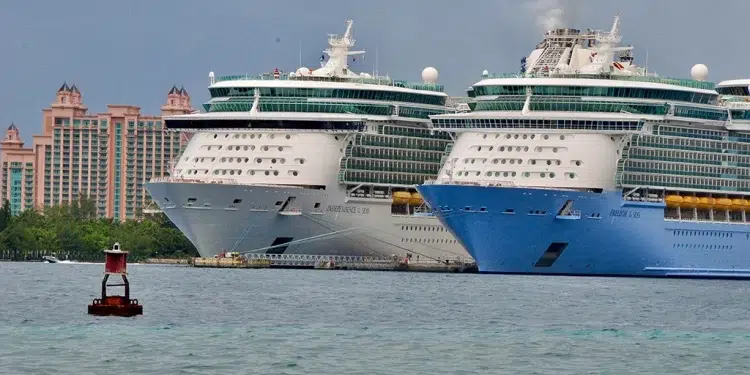Exclusive Experiences: Cruise ship companies are offering private island cruises and excursions.
What do actor Johnny Depp, illusionist David Copperfield, and the Aga Khan have in common? Apart from being wealthy, worldly, and at the top of their respective professions, they are also part of an exclusive group who own private islands in the Bahamas. For non-celebrities, taking an island cruise may be the closest experience to private island ownership. But for the ultra-wealthy, having access to their own island means that they can enjoy the pleasures of the Bahamas without dealing with gawkers and paparazzi. After all, it’s hard to get your island vibe on if you are constantly being harassed by autograph-seekers and chased by tabloid photographers looking for a salacious money shot.
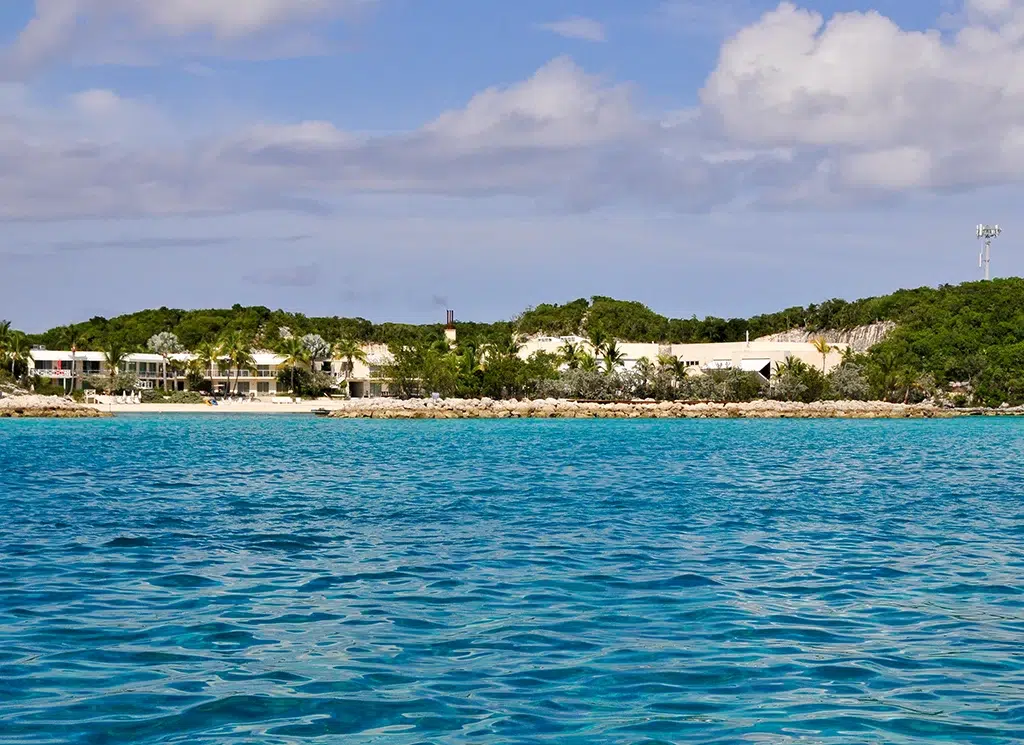
Getting a bit of peace is sufficient motivation to pony up more than $100 million as the Aga Khan did in 2009 to purchase the 349-acre Bell Island in the Exuma Cays Land and Sea Park (ECLSP). The additional costs of persuading the Bahamian government to provide the permits necessary to dredge a channel from nearby Conch Cut to facilitate the entrance of his yacht and the $8 million spent rebuilding the homes on the island seem almost trivial.
By comparison, Johnny Depp’s 45-acre Little Halls Pond Cay also in the ECLSP was purchased for a modest $3.6 million in 2004, a relative bargain in the fantasy land of private escapes. If shelling out millions to live the private island lifestyle is not in the cards, then perhaps a short-term rental at David Copperfield’s Musha Cay could be a viable alternative for you and your significant other at a mere $350,000 per week. With 150 acres and a 10,000-square-foot manor house at your disposal, you should both be able to find your space.

Those of us with more modest means can only aspire to the lifestyles of the rich and famous as everyday realties intrude on daydreams fostered by furtive glances at tabloids in the supermarket checkout line. Understandably, the attraction to luxury and being waited on hand and foot in exotic locales is strong and it was a major factor in the impressive growth of the cruise ship industry; an industry that has always taken pride in pampering their guests. During the 1990s, cruise ship lines built 50 new ships, and between 2000 and 2015, they launched a whopping 300 ships. Each ship was larger, more luxurious, and better appointed than the previous, featuring amenities ranging from all-you-can-eat sushi to rock-climbing walls. Despite the setbacks of 9/11 and the ravages of the pandemic, which singled out cruise ships as particularly toxic environments, the industry has grown sevenfold since 1990. Presently, there are well over 100 ships expected to join the global fleet in the coming years.
With the rising numbers of available ships, competition for a different experience between cruise lines has grown fierce. Possibilities for new and exciting onboard amenities have reached their limits due to the physical constraints imposed by a ship, so turning to a branded land experience was a logical extension for the cruise companies. The concept of a private island destination is not new, but as the bar was raised with each new cruise ship debuting, the private island offerings had to keep pace, too, as lounge chairs and umbrellas alone were no longer sufficient to satisfy an experience-hungry public.
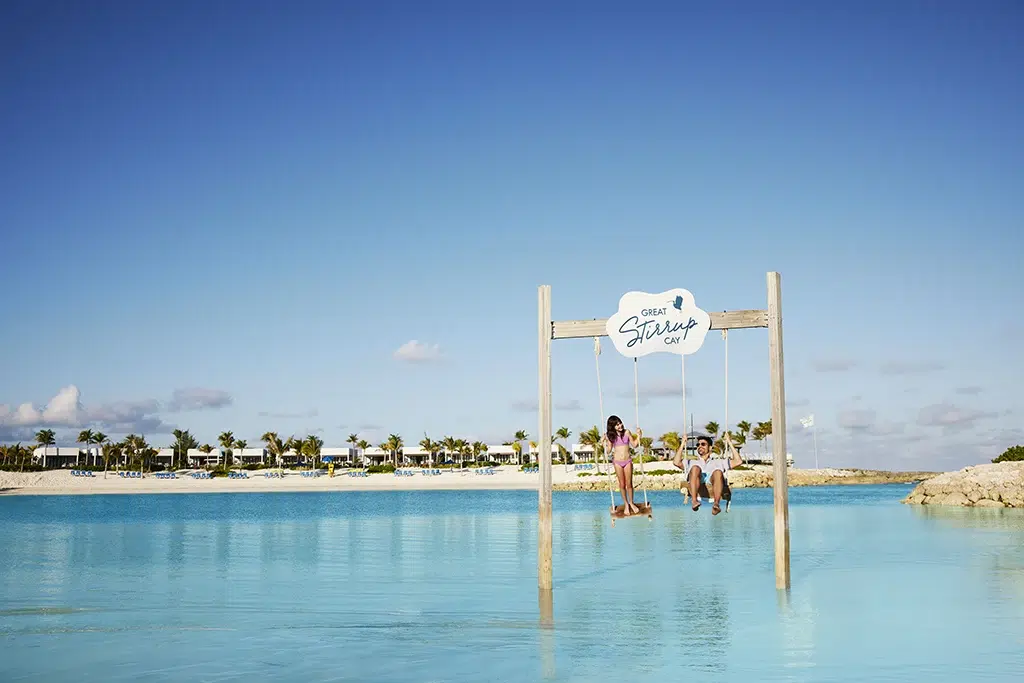
The first Bahamian island turned into a private destination for cruise ship guests was the 268-acre Great Stirrup Cay in the northern Berry Islands. Originally a base for pirates, the island was acquired by the Belcher Oil Company of Miami for oil exploration. When oil seemed to be an unlikely prospect in the Bahamas, the island was leased to Norwegian Cruise Lines (NCL) in 1977. The site’s proximity to deep water made it an ideal location for NCL, who cleaned it up and added cabanas and beach chairs so that its guests could come ashore and stretch their legs for a few hours. Not surprisingly, the shore excursions on pristine beaches were very popular and the site became a pillar of the NCL marketing campaigns.
Not to be outdone, Admiral Cruises leased nearby Little Stirrup Cay in 1985 in the cruise ship equivalent of keeping up with the Joneses, so that it too could offer a similar beach experience to its guests. Unlike Great Stirrup Cay which had a storied history of being the home to pirates, Little Stirrup Cay was undeveloped and uninhabited until the arrival of Admiral Cruises. In 1988, Royal Caribbean Cruise Lines, which also operated Celebrity and Azamara Cruises, assumed the lease for Little Stirrup Cay and renamed it Coco Cay after it acquired Admiral Cruises into its fleet. With the launch of Coco Cay, the race to create even more spectacular island experiences was on.
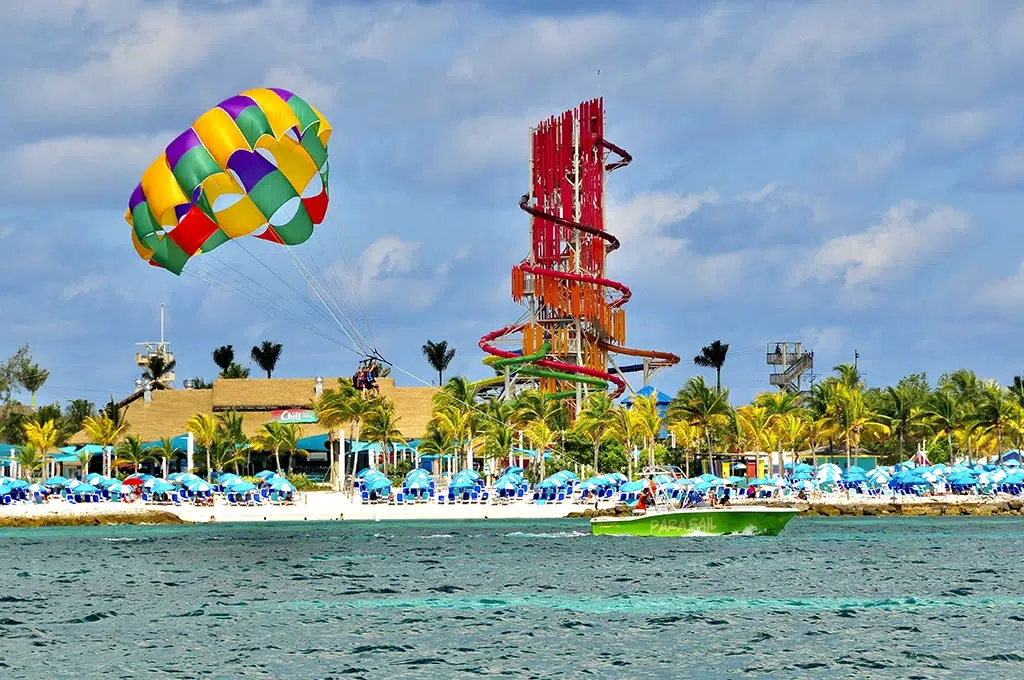
In the following years, Princess Cruise Lines created the Princess Cay Experience on Eleuthera, and the Disney Corporation opened the Treasure Island Castaway Experience on Guana Cay in Abaco. Both facilities opened their doors in the early 1990s, but the Disney offering only lasted a few years because the site they had chosen was too shallow to host cruise ships. The Loggerhead Channel, which was cut into reefs and rock, much to the dismay of environmentalists, proved to be a boon for private boaters but was simply too difficult for large cruise ships to negotiate safely during Abaconian winter storms. After several seasons of multiple cancellations, Disney abandoned the site and moved its Bahamian Island experience to Gorda Cay which it has since renamed Castaway Cay. Virtually all traces of the failed Treasure Island Experience have been eradicated from the Internet, and the site itself has been demolished to create the luxury Baker’s Bay Development. Boaters as recently as 2010, however, will remember the eerie silhouette of a ghostly pirate ship rising above the mangroves.
While private island developments were immensely popular with cruise ship guests, alarms were being raised by environmental groups to the potential damage that could be caused by the sudden introduction of floating hotels and throngs of passengers into fragile ecosystems that were already under stress due to climate change and pollution in the world’s oceans. In response to the criticism, the cruise ship industry has adopted policies to go above and beyond the mandatory regulatory requirements of environmental management. In 2018, MSC Cruises undertook a landmark project to reclaim Ocean Cay, a former sand mining site located on a man-made island perched at the edge of Great Bahama Bank south of Bimini. With an investment of $300 million the man-made mound of sand was rehabilitated with rock seawalls to prevent erosion, a coral rejuvenation program was started, and trees were planted, all with the objective of creating an ecologically positive impact while providing guests with an idyllic private island experience.
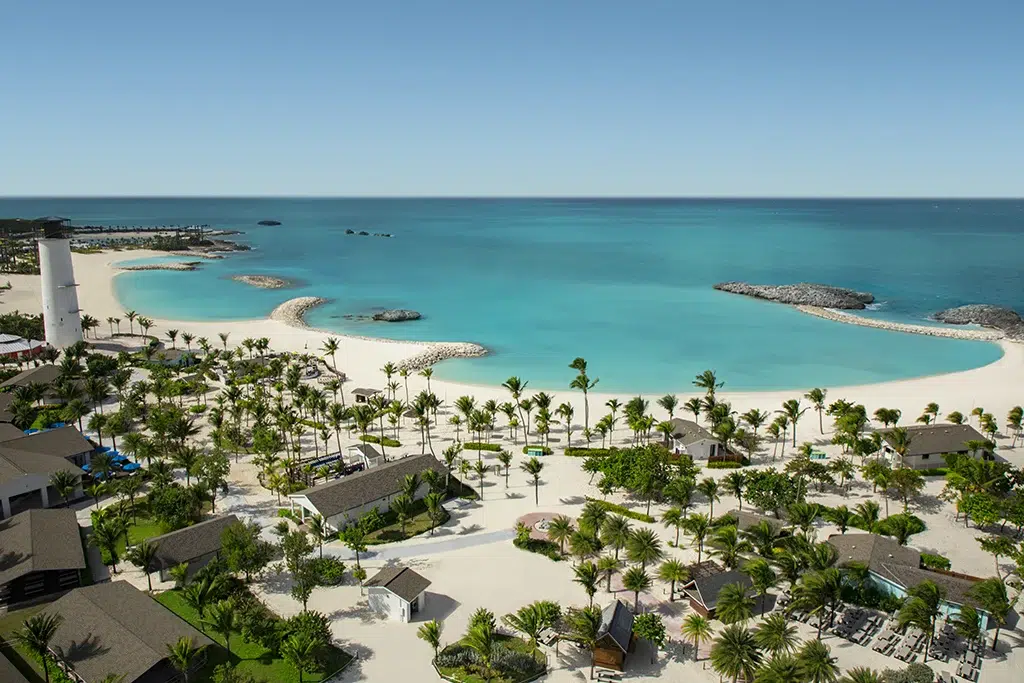
Currently, there are no fewer than nine private island escapes in the Bahamas solely for the use of cruise ship passengers. After a $250 million rejuvenation in 2017, Royal Caribbean claims to have the tallest water slide in the Caribbean at 135 feet, but it will undoubtedly be challenged by something bigger and better as the need to fill the new ships coming online increases. In southern Long Island, the Calypso Cove project, announced in December 2022, will include a full-size 18-hole golf course and a heliport. Developed by the Brazilian company Azul, it will be available for the use of any cruise line that wishes to stop at its dock, which will be sized to accommodate the largest cruise ships in the world. If it is successful, there will likely be more third-party offerings of private island experiences.
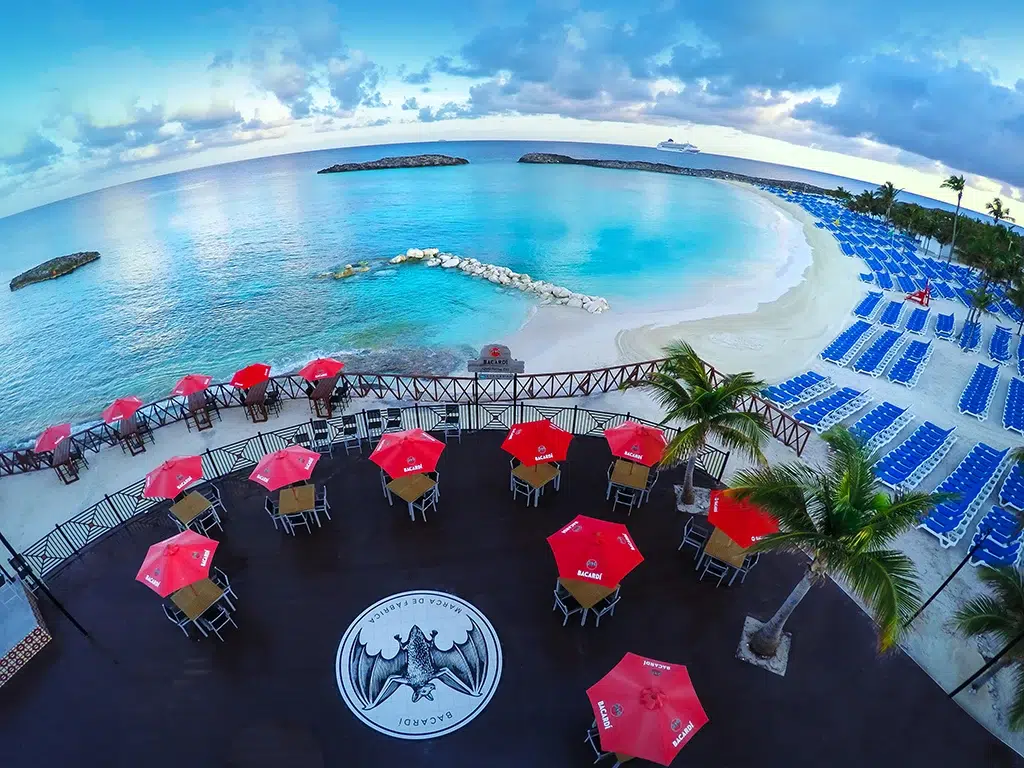
While the jury is still out on the effectiveness of the environmental management programs instituted by the cruise ship lines, and economic benefits to local economies of cruise ships are unclear, the undeniable popularity of the island destination will almost ensure that new sites will be sought out and developed. The winners will be the cruise ship passengers, who for the price of their fares will be able to enjoy the barefoot, sand-between-the-toes hedonism of the rich and famous on their private islands. It’s true you must share the day with a few thousand of your new best friends, but it’s a good compromise until those Powerball numbers come in.


